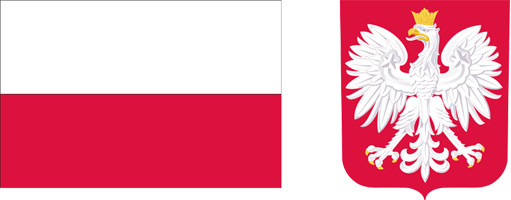Current issue
Archive
About the Journal
Aims and Scope
Editorial Board/Editorial Team
List of reviewers
Publishing process
Publishing Ethics and Malpractice Statement
Personal data protection (GDPR)
Creative Commons License
CrossRef Member / Similarity Check
For Authors
Call for papers
Guidelines for authors
Submitting a manuscript through the editorial system – step by step
For Reviewers
Peer review process
Guidelines for reviewers
Submitting a review – step by step
Contact
RESEARCH PAPER
THE IMPACT OF THE MILK YIELD OF COWS ON THE PROFITABILITY OF MILK PRODUCTION
1
Instytut Ekonomiki Rolnictwa i Gospodarki Żywnościowej – PIB Warszawa
Acceptance date: 2012-03-21
Publication date: 2012-03-21
Zagadnienia Ekonomiki Rolnej / Problems of Agricultural Economics 2012;330(1):90-111
ABSTRACT
The profitability of milk production is determined by the production volume on a farm, pricing, and incurred costs. The production volume directly corresponds to the milk-yield level of cows and herd size. These factors are characterised by a positive interrelation. The study reveals that an increase in the milk yield of cows stimulates income growth and, despite the higher costs of animal upkeep, it is connected with a more efficient usage of the workforce. Higher costs stem primarily from the introduction of highly-productive (genetically potent) specimens into the herd, and higher production intensity.
The study revealed that the improvement in the milk yield of cows was related to a considerably larger proportion of purchased concentrate feeds in the animals’ feed ration, with a marked predomination of concentrates and compound feeds. In bulk feed, on the other hand, the highest proportion comprised silage and hay silage. Such feed facilitated an improvement in cow milk yield and also had a positive impact on milk production profitability.
The growing volume of milk produced on a farm was accompanied by an increase in its price. As a consequence, the economic performance of milk production in holdings comprising fairly large herds of cows (around 30 cows) of high milk yield (approximately 7000 litres) was significantly more favourable than that of holdings with smaller herds and lower milk yield.
We process personal data collected when visiting the website. The function of obtaining information about users and their behavior is carried out by voluntarily entered information in forms and saving cookies in end devices. Data, including cookies, are used to provide services, improve the user experience and to analyze the traffic in accordance with the Privacy policy. Data are also collected and processed by Google Analytics tool (more).
You can change cookies settings in your browser. Restricted use of cookies in the browser configuration may affect some functionalities of the website.
You can change cookies settings in your browser. Restricted use of cookies in the browser configuration may affect some functionalities of the website.



